The introduction of VAR technology to football brought joy to the faces of most Football fans. Why?
The belief is that VAR technology will help referees make better decisions. Soccer fans eventually got what they want – VAR.
Before now, underserved winners win important matches and competitions while deserving winners lose.
It boils down to what the Referee deems right or wrong. As we know, a Referee’s decision (right or wrong) directly influences the outcome of football matches.
Though there are many controversial issues concerning VAR in Soccer, the truth is that Football needs VAR as much as VAR needs Football.
Before going further, it is imperative to understand what VAR really means.
Read Also: The Best Ever Right Backs in Football History
Meaning of VAR in Football and how it works
VAR stands for Video Assistant Referee, and it is as good as a Match official on the Football Pitch. The main purpose of the technology is to review the decisions made by the head referee during Football matches.
Basically, the VAR can review the following on-field decisions:
- Goal or no Goal (Ball crossing the Goal line or not)
- Ball out of play
- Offside
- Handball
- Penalty or no Penalty
- Infringement or offenses during penalty kicks
- Location of Possible Penalty offense
- Incorrect awarding of Penalty
- Offense not penalized
- Red cards
- Incorrect identity in awarding a red or yellow card
The VAR team occupies the Video Operating Room, and they communicate with the referee if there is a need to delay or review action or infringement on the pitch.
Read Also: 10 Football Slangs That Are Nearing Extinction
Brief History of The VAR Football Technology
After several years of clamoring for VAR to be introduced to Soccer, it was first used as a trial in some major Football competitions.
The first live trial VAR trial was in 2016 in a friendly match between PSV and FC Eindhoven.
Eventually, the International Football Association Board added VAR to the rules of Football in 2018.
IFAB, founded in 1886, determines the laws of Football, and FIFA recognizes IFAB’s jurisdiction over the law, including that of VAR.
IFAB added VAR systems to the rules of the game but using them was optional. Amongst other top Football competitions to have embraced VAR systems, the English Premier League and the UEFA Champions League remain prominent.
Read Also: Most Outstanding Female Teams in Football History
Limitations of VAR Technology in Football
Of course, just like anything else in life, the VAR has its own issues in Soccer. These issues have made some Football fans give up on technology already.
Let’s examine some common VAR limitations:
Lack of clarity and consistency
In some situations, it seems the referees are not clear about the appropriate punishment for certain fouls in the game, leading to inconsistencies in decision-making.
For example, a certain infringement in the box results in a Penalty, while another referee overlooks the same infringement even after a VAR review. The rules are likely not clear to referees.
Read Also: How Premier League Referees Are Appointed
Inability to correct human errors
VAR technology was introduced to improve officiating in Football, but the technology cannot correct the collective mistakes of a referee and the VAR team.
Even when a referee watches a replay repeatedly, in the case of subjective decisions, his personal judgment is required to conclude. The eventual decision may not just be right.
Lack of transparency
Only the referee and the VAR team can watch replays when an incident is reviewed. The reason for this is to avoid undue pressure on the referee by fans.
Teams do not know which incidents were reviewed by the VAR.
Read Also: 10 Greatest Women Footballers Ever
Killing the Rhythm of the game
For every ‘reviewable’ on-field case, the Video Assistant Referee is engaged. Reviews could take up to a minute or two, but it takes as much as 5-10 minutes of the game in some situations.
Football fans pay a huge amount of money to watch Soccer games, so each time a lengthy VAR review is initiated, it kills the game’s rhythm.
Read Also: MLS vs Premier League Comparison in Detail
Heartbreaking
Before the invention of VAR, attackers can know immediately if their goal is ruled out or not.
They look straight at the linesman closest to them if the offside flag is raised or not. If the Flag is raised, they stop the celebration party immediately.
However, with Video Assistant Referees, many football fans have had their hearts broken to pieces.
Players, coaching staff, and Fans go into wild celebrations after a goal, only to determine that VAR ruled out the goal as offside.
The best example of this situation is the 2019/20 UEFA Champions League quarter-final (2nd leg) match between Pochettino’s Tottenham and Guardiola’s Manchester City.
Read Also: 5 Ways to Make Money Playing Soccer Video Games
Positives of VAR Technology in Football
Despite the overwhelming issues with Video Assistant referees, the truth is that technology has helped in many ways.
In fact, ever-improving technology is one of the reasons why we love football.
Punishing simulation
Before the introduction of VAR, many players guilty of simulation are not punished.
The referee and other officiating staff probably didn’t see the act, so it’s impossible to punish such a player. On rare occasions, some players are punished for perceived simulation.
The VAR has been a blessing in spotting and punishing real simulations. Even if the referee missed it, the VAR team can call his attention to it and watch replays before deciding.
Read Also: Hiring & Firing Managers: The Ugly Trend in Football That Must Stop
Ball crossing the line
Let’s be honest; the referee cannot be 100% accurate in spotting if the ball actually crossed the line (for throw-in or goal).
Frank Lampard’s goal for England against Germany in the 2010 World Cup match was ruled out because the referee and other officiating staff assumed the ball did not cross the line.
In the modern era, VAR cannot just miss that!
Read Also: 5 Reasons Why Africans Teams Fail at The World Cup
Correct identity of offenders
In 2014, referee Andre Marriner incorrectly sent off Kieran Gibbs instead of Oxlade-Chamberlain after the latter handled Eden Hazard’s shot on the goal line. Before VAR was introduced, these kinds of situations happened a lot of times in Football matches.
Now, with the help of VAR, no player can be incorrectly booked or sent off again.
Detecting handballs
Referees can’t spot little details like slight handballs in the buildup to a goal or other scenarios. The VAR is the referee’s ‘second eye’ to detect handballs.
VAR would have correctly ruled out Maradona’s famous “hand of god” goal in the modern era.
Read Also: A Football Poem For Football Fans: Why We Love Football
Spotting where an offence actually took place
In football, we have seen freekicks incorrectly spotted as Penalties. Why? The Referee could not be certain if the offense took place inside or outside the penalty box.
With VAR, it’s easier for referees now because they can watch replays and be sure where an offense actually took place.
Read Also: Best Football App for Android and IOS in 2020
Why Football Must Continue with VAR Technology
So, having reviewed the positives and negatives of VAR in Soccer, do you not think that the VAR technology improves officiating?
Soccer fans should still believe in VAR despite the clear frustration with the system. In fact, football needs VAR. Why?
As cited above, the VAR has improved decision-making in Football in the following areas; punishing simulation, the ball crossing the line, identifying correct offenders, detecting handbells, and spotting where an offense actually took place.
Let’s be objective and candid: would a referee on his own be able to make a correct decision in the above-mentioned areas without a second look? Can a referee be sure of any of these scenarios if the VAR system is not in place?
Read Also: 5 Top Footballers Who have Statues Built in Their Honor.
Considering these factors is fundamental to judging whether the VAR technology should be scrapped or not.
Undoubtedly, the issues with VAR are numerous and need to be addressed. What recommendations can help improve VAR in Soccer?
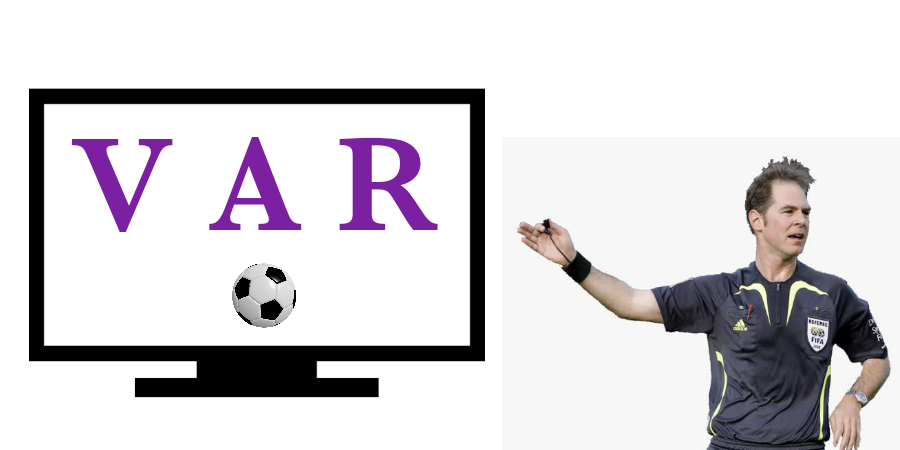
How to improve VAR Football Technology
The issues with VAR are not enough reasons to get rid of the system completely. However, the smarter approach is to try to improve the technology. The following recommendations should be helpful:
Clarity of rules
There should be clear-cut rules specifically for subjective decisions like Penalties. Even if referees watch replays several times with the help of VAR, decisions on matters like penalties will not be consistent.
On the other hand, if there are definite rules for almost all penalty cases, it will be easy for referees to make the same decisions in every game with the help of VAR.
Read Also: Best Selling Jerseys Worth Buying For Business
Training Referees
Referees in Football are doing a great job. They probably have one of the toughest jobs globally because they have just seconds to make an important decision in a game.
However, with the help of VAR, they have more time, and they can have a second look. Still, they need to really understand the game’s rules to make a decision even after watching a replay.
Investing more resources in training referees could help improve decision-making with the help of VAR Football technology.
Read Also: Champions League Winners as Players & Managers
Teams should know What VAR is Reviewing
Teams are often left in the dark when there is a VAR review during a game. They do not know which incident is being reviewed. Players and Fans could find it hard to trust the judgment of the VAR team.
Teams should be aware of the incidents being reviewed. They will likely trust VAR decisions more.
Related: Is Technology Ruining Football?
Decision-making Needs to be Faster
Some VAR reviews take more than 5 minutes. Wow! That’s a whole lot for a game like Football.
People want to watch Football, not VAR. Frequent stoppages kill the rhythm of the game for fans and players.
Decision-making has to be fast for teams, fans, and all viewers to enjoy the game.
Read Also: Football Manager 2020: 10 Key Features of the Game
Conclusion
Obviously, the VAR has its own challenges given the controversy around the technology, but Football fans must learn to trust the technology.
Scrapping VAR from Football is not a smart move, and it’s like moving 5 steps backward.
Instead of giving up on VAR, loyally clamoring for improving technology is the right thing to do.
Hopefully, before the Qatar 2022 World Cup, there should be a massive improvement in Technology.
FAQs About VAR Football Technology
How is VAR used in Football?
The main purpose of VAR in football is to improve overall officiating.
The VAR team reviews major on-field events and infringements like ball crossing the line or not, offsides, handballs, penalties, the mistaken identity of offenders, etc.
Read Also: 7 Singers & Actors Who Played Soccer
Is VAR Football Technology Good or bad For The game?
Despite a lack of confidence in the technology, VAR is good for Football because Referees, linesmen, and other officiating staff, on their own, cannot see all on-field actions or infringements.
Watching replays of on-field actions is another big advantage of VAR. However, the VAR must improve in the areas outlined in this content.
What does VAR stand for?
VAR means Video Assistant Referee. Its entire team occupies the Video operating room. VAR should not be confused with AVAR, which means Assistant Video Assistant Referee whose duty is to support the VAR.
Read Also: Qatar 2022 World Cup: Everything You Should Know About it.
Can the Referee overrule VAR?
The final decision lies with the referee, but the VAR can advise the referee to change his decision if he had made a clear blunder.
In essence, the VAR cannot directly overrule the referee’s decision.
Does VAR mean more penalties in football?
VAR is not a penalty-giving technology. However, the obvious fact is that more penalties have been awarded since its introduction to football.
The major reason for this is that the Video Assistant Referee can see and capture almost everything, unlike the referees.
Further Reading:

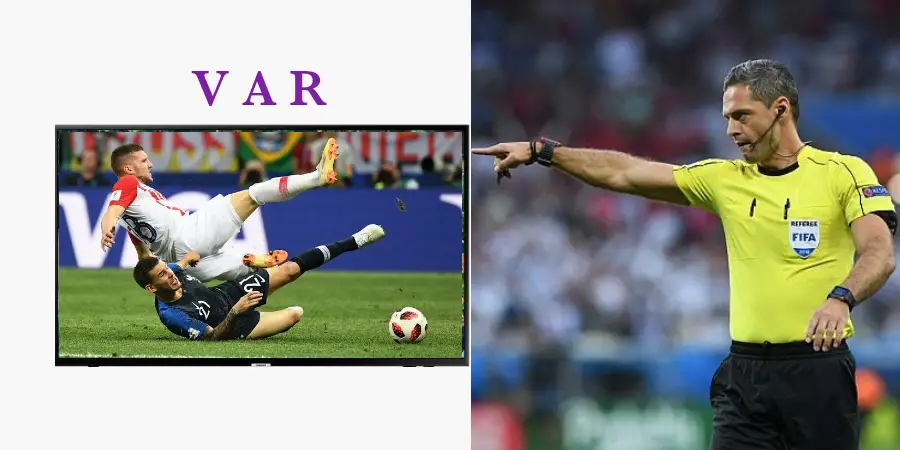
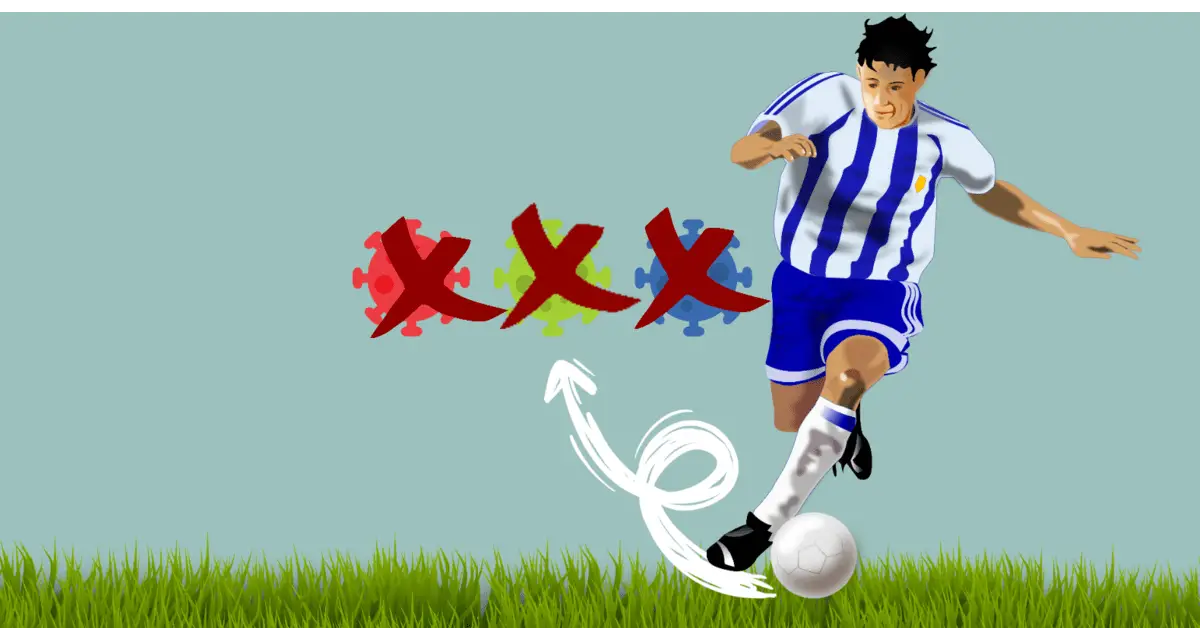
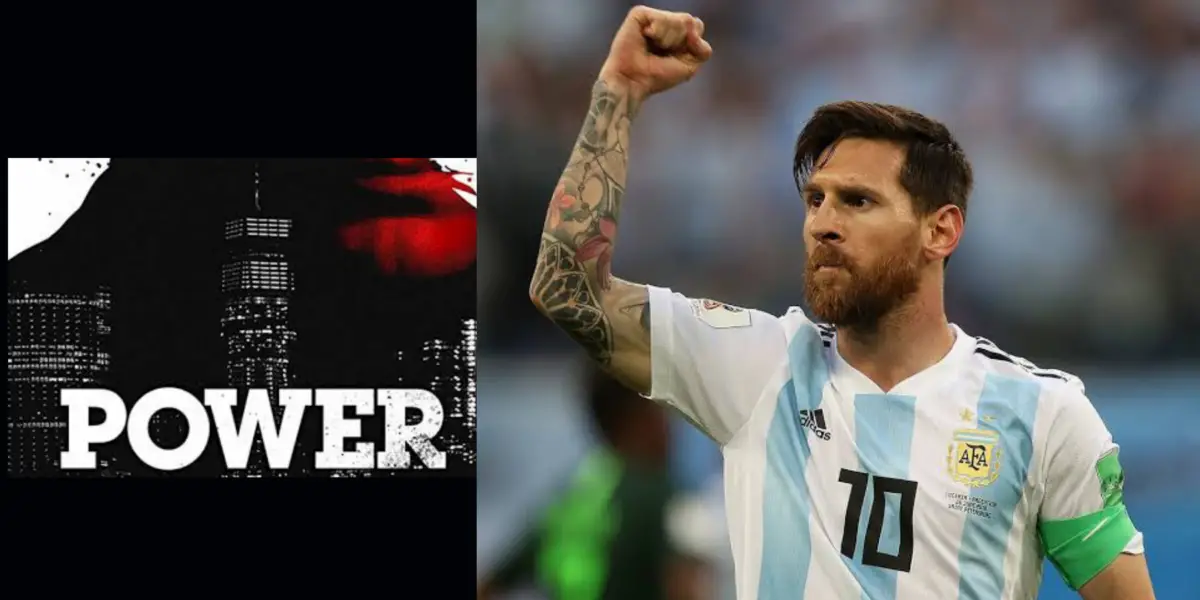
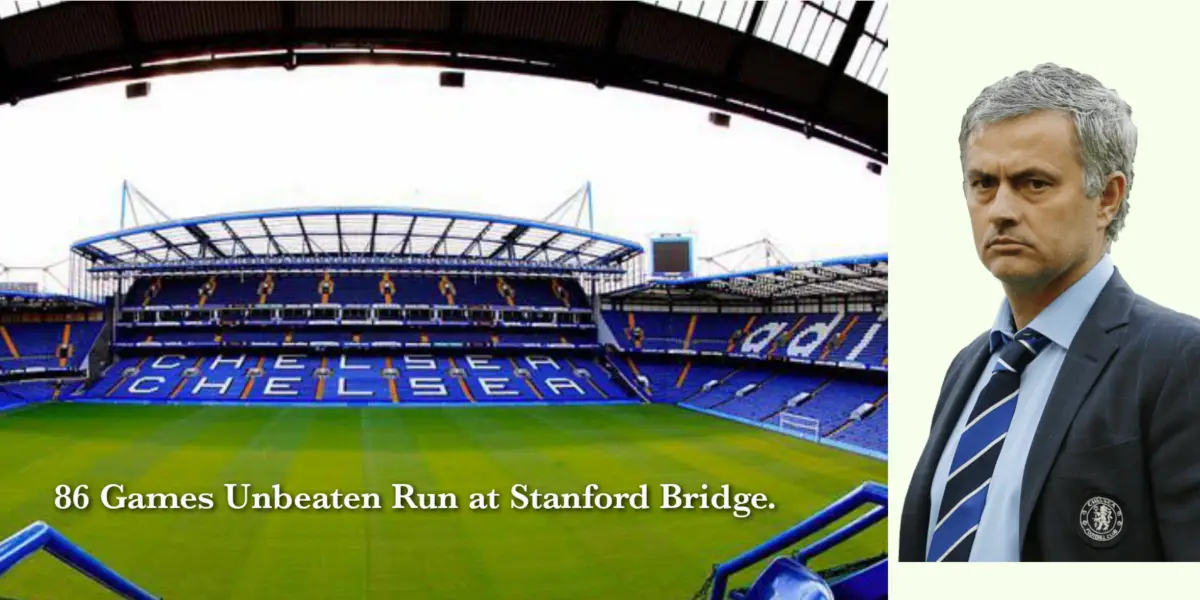

Please let me know if you’re looking for a author for your site.
You have some really good posts and I think I would be a good asset.
If you ever want to take some of the load off, I’d really like to write
some material for your blog in exchange for a link back to mine.
Please shoot me an email if interested. Thanks!